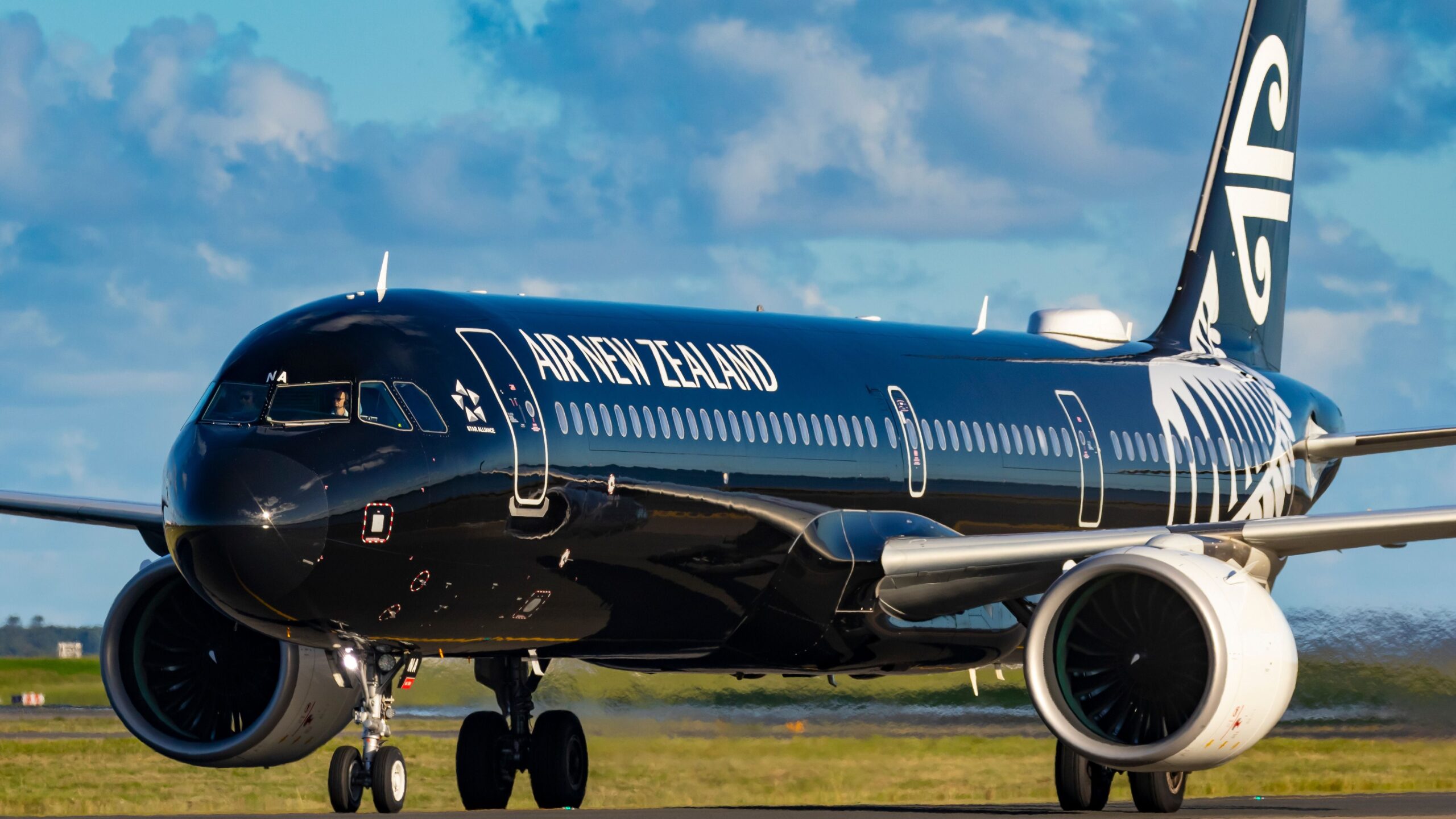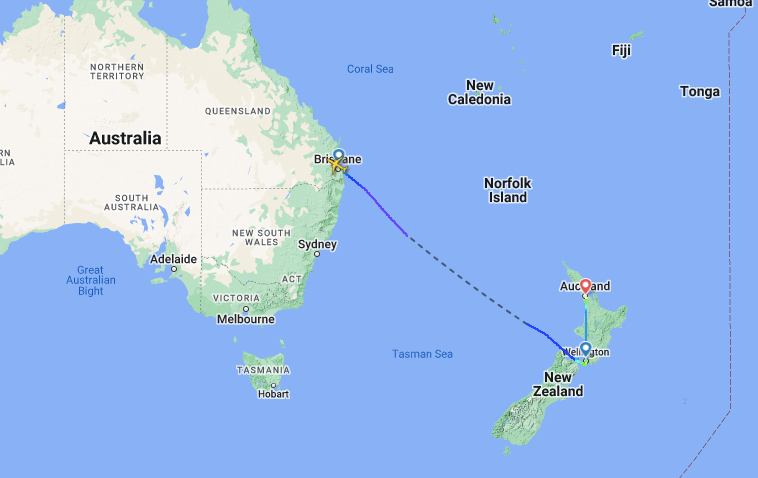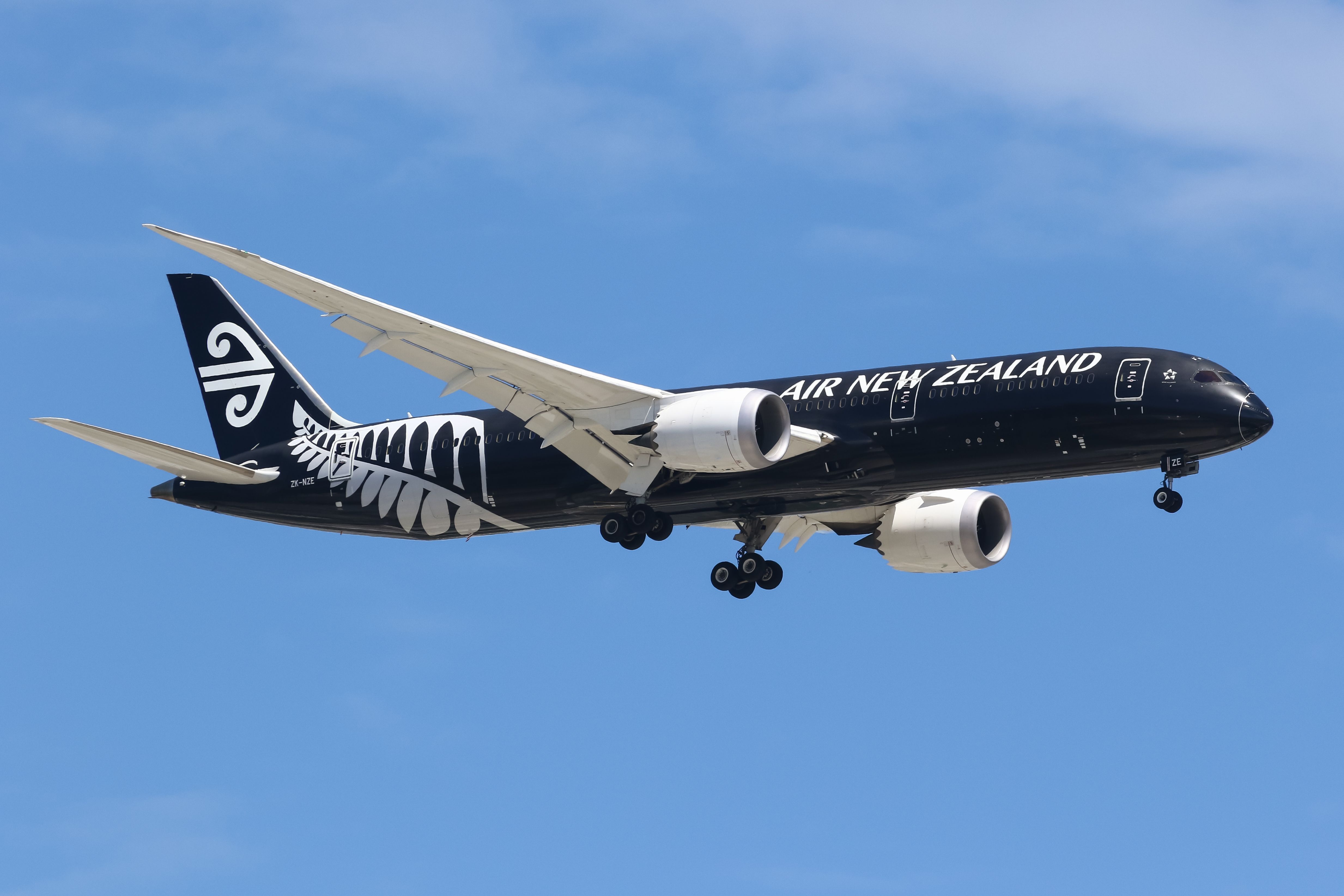An Air New Zealand Airbus A321neo was forced to make an emergency landing at Auckland (AKL) following an aborted landing at Wellington (WLG). The hard landing was initially mistaken for a tail strike but was actually caused by adverse weather conditions.
Air New Zealand’s Head of Flight Operations, Captain Hugh Pearce, confirmed to Simple Flying that the flight from Brisbane Airport (BNE) to Wellington (WLG) encountered wind shear just before touchdown, prompting a go-around and diversion to Auckland Airport (AKL).
Mistaken for a tail strike
The Air New Zealand
Airbus A321neo narrowbody, registered ZK-NND, was operating flight NZ272 from Brisbane Airport (BNE) in Australia to Wellington Airport (WLG) in New Zealand on September 26, 2024, when the pilots initiated a go-around after encountering what was reported as wind shear just before touchdown.
The main wheels briefly touched the runway before the go-around was executed, initially leading to concerns of a possible tail strike. The aircraft later landed safely at Auckland Airport (AKL).
According to Flightradar24.com, the return flight to Brisbane was canceled. The five-year-old A321neo is currently on the ground for maintenance checks. Pearce added:
“An inspection of the aircraft confirmed there was no tail contact with the runway. Aircraft data has also been sent to Airbus to analyse and advise if there is anything else our maintenance team needs to do before the aircraft can be returned to service.”
The airline stated that all passengers were re-accommodated and emphasized that, while such situations are rare, the crew is well-trained to handle them.
“The safety and wellbeing of our customers and crew is our number one priority.”
What is a go-around procedure?
The term go-around refers to an aborted landing when the decision to reject the touchdown is made on the final approach. This timescale encompasses “any point from the final approach fix to wheels on the runway, but prior to any deceleration device being activated,” according to SKYbrary.
Photo: Toshi K | Shutterstock
Go-arounds can happen for a variety of reasons, typically when current conditions are deemed unsafe for landing. Some of the most common factors include runway obstructions, adverse weather conditions, unstable approaches, congestion, or any other technical issues related to the aircraft.
In recent years, there has been a troubling rise in near-misses, including a recent incident at San Francisco International Airport (SFO). In that case, two aircraft had to execute go-arounds after a Southwest Airlines plane was seen taxiing across two runways cleared for landing.
In 2023, a similar situation occurred when an American Airlines Boeing 737 MAX aborted its landing at Charleston Airport (CHS) due to a JetBlue Airbus A220 on the runway, highlighting how frequent these close calls have become.



